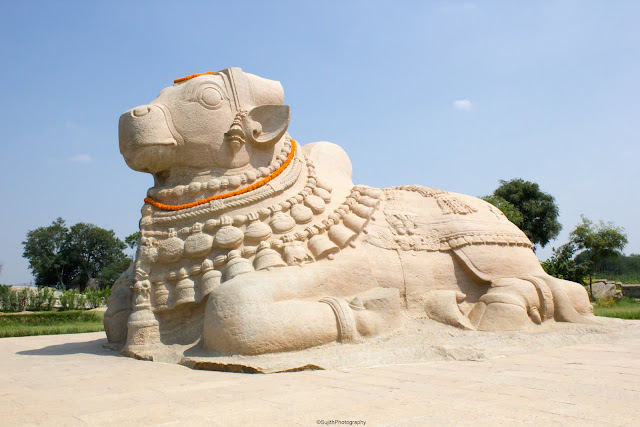Padmanabhapuram Palace - History Carved In wood
A magnificent wooden palace of the 16th Century,Padmanabhpuram Palace is a fine specimen of Kerala's indigenous style of Architecture
A Kerala palace in Tamil Nadu, surprised? Padmanabhapuram Palace is located in Padmanabhapuram Fort in Kanyakumari district, Tamil Nadu, but the palace and its surroundings are owned and governed by the Kerala State. The place called Padmanabhapuram was the capital city of the erstwhile Travancore kingdom. At a distance of about 60 km from Thiruvananthapuram and around 20 km from Nagercoil, this palace is located against the backdrop of the Veli Hills that form a part of the Western Ghats.
 |
| The Padmanabhapuram Palace |
The palace was built by Iravi Varma Kulasekhara Perumal, the ruler of Travancore in 1601 AD. It was also called Kalkulam Palace.
It’s said that after the Kulachal war in 1741, the King Marthandavarma rebuilt this palace to its current state. The palace is made of wood with the traditional building methods that we call Taccusastra (science of taccu or carpentry). There is no spectacle of pomp and show about the palace. It looks understated and does not have the regular opulent look as we see in most palaces in India.
Spread across some 6.5 acres of area, there are around 14 palaces that have stood the testimony of time and still enthrall its visitors replete with intricate rosewood carvings, windows with coloured mica and carved ceilings with around 90 different floral designs.INSIDE THE PALACE
As you enter the palace complex,
the first structure is Poomukham
with images of horse riders on both
sides of the entrance, showcasing
exquisite wood carvings. It was
here that the erstwhile king used
to entertain his special guests.
 |
| 'Kuthira Vilaku' Horseman Lamp |
The
wooden ceilings are ornamented with almost 90 lotus medallions
carved onto the structure and each
flower is different from the other.
Among the rare features of the
palace are a chair presented to the
former king by Chinese merchants
and Onavillu presented as a tribute
by landlords and chieftains of
different clans during the festival of
Onam. Adjacent to this structure is
the Manimalika (Clock Tower) that
is believed to be some 200 years
old. The tower contains a rather
unique clock as its movement is
regulated by two weights made up of disc-shaped blocks, that is
raised every week by a 1.5 meter
pendulum. Mantrasala, the king’s
Council Chamber and Uttupura, the
Dining Hall, are other parts of this
structure.
 |
| 'Manimalika' Clock Tower |
Next structure is Thaikkottaram
(Mother’s Palace). Built of finely
decorated and carved wooden
pillars, the structures display the local
indigenous style of wood carving.
 |
| Pillars of the Palace |
 |
| Wooden architecture on the side walls |
Another structure famous for its architecture, breathtaking beauty and exquisite carvings is Navarathri Mandapam, built by King Marthandavarma in 1744 AD. The place speaks of the rich cultural and artistic tradition. Next to this mandapam is the Saraswati temple where the stone sculptures on the pillars display the sheer skills of the local artisans.
On the southern side of
the complex lies a palace called
Thekkekkottaram. Now turned into
a heritage museum with old palace articles and belongings of the royal
family, one can witness kitchen
utensils, articles like book reading pane, easy chair, walking stick,
hand fan, swing (jhula) and mural
paintings of the era among other
items.
Excellent Craftsmanship
 |
| Ambari Mukhappu |
There is a long corridor bordered
with small balconies on the sides
called Ambari Mukhappu (bay
window). This was built for the
kings to view chariot races during
festivals and to appear before
the public on special occasions.
Ambari is actually the seat put on
elephant’s back for safaris. The building was constructed based on
the shape and structure of an ambari. This is a perfect example of
craftsmanship of Travancore. As you move along the corridor, you
will witness fine lattice work on the sides of the pathway.
Come and enjoy the architectural grandeur and royal splendour of erstwhile Travancore at Padmanabhapuram Palace.
The Following article was published in the September 2015 issue of Spiceroute,which is an in flight magazine of Spicejet airways.The link for the same is as below http://www.spiceroutemag.com/wooden_palace_of_Kerala.html Please share your thoughts & comments Join my Facebook page :https://www.facebook.com/SujithPhotostream Copyrights Sujith Nair - ©SujithPhotography All rights reserved 2015



Comments
Post a Comment